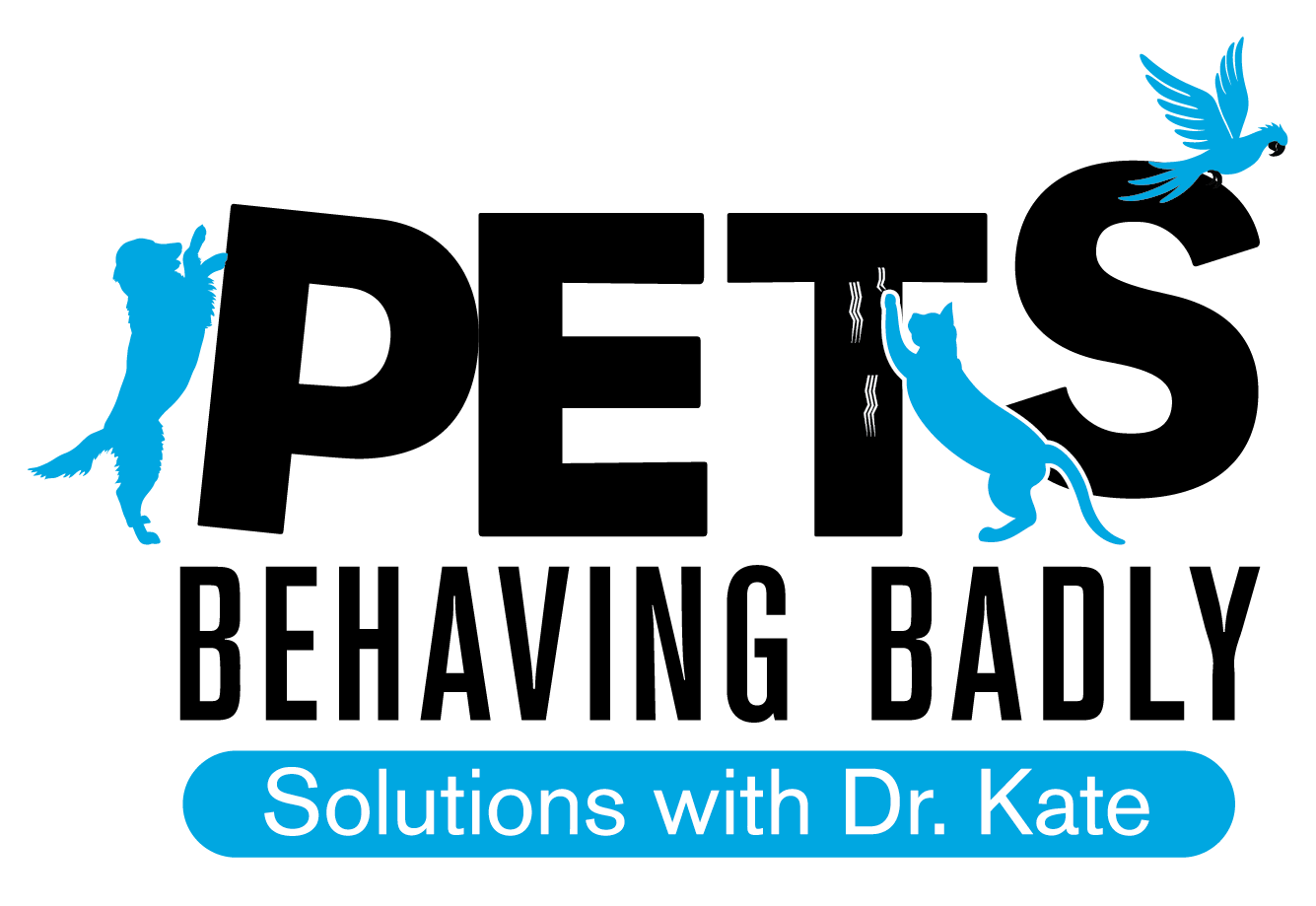When Animals Move as One: What Flocking Behaviour Teaches Us About Minds and Coordination
Have you ever watched a murmuration of birds or a school of fish swimming in perfect unison in awe? It’s mesmerising isn’t it? Like me, you may have wondered what’s going on inside each animal’s mind that allows such incredible coordination?
A fascinating new theoretical framework by Salahshour & Couzin (2025) suggests that flocking behaviour may be grounded in neural navigation circuits built into animal minds, not just in simple behavioural rules. In other words, it’s not just about “stay close, avoid collisions, align” but about how each animal’s brain encodes space, direction, and relationships to others, and these internal maps syncing across individuals.
Image: A flock of birds (Source: Pexels)
The Core Idea: A Ring Attractor Network
The authors propose that animals carry an internal ring attractor neural network. This is a circular set of neurons that continuously track directional information relative to the environment (allocentric mapping).
Instead of navigating purely relative to themselves (egocentric), these neural circuits place neighbours and landmarks in an external coordinate frame.
When multiple animals perceive one another, their neural navigation systems can become coupled via perception, synchronising their internal directionality and producing emergent, aligned movement without explicit behavioural rules.
Image: School of fish (Source: Pexels)
Key Findings & What They Mean
1. Group movement comes from shared brain activity
The study found that animals in groups, such as birds or fish, don’t need to follow simple “rules” to move together. Instead, their movement patterns can come naturally from their brains working in sync. When their internal navigation systems align, complex group movements like turning or spreading out happen automatically.
2. Flexible ways of understanding space
Animals can switch between two ways of processing space: one that’s based on the world around them (like a map view) and another that’s based on their own perspective (what they see and feel directly). This flexibility helps them keep track of both their surroundings and the animals nearby.
3. The model matches real-life behaviour
When researchers tested this brain-based model in simulations, the results looked a lot like what we see in real animal groups (e.g. smooth turns, spreading out, and moving together). It worked better than older models that relied only on simple behavioural rules.
What Does This Mean for Companion animal Behaviour (and Us)?
You might wonder: How is this relevant to everyday pet behaviour? While our pets don’t “flock” like birds or fish, the broader lesson applies: internal cognitive and neural mechanisms matter in how animals perceive space and social relationships, not just external rules or conditioning.
Image: A group of dogs running free in an open space (Source: Pexels)
When assessing group dynamics (e.g. multi-dog or multi-pet homes, dog parks, working dog teams), we should consider how each dog encodes their environment and others, not just how we want them to “behave.”
In behaviour modification, recognising that animals have their own internal “maps” of the world means we can design training and environments that better align with their how they see and move through space (e.g. how they see visual barriers, open areas and others around them).
This research reinforces that visible behaviour is just the tip of the iceberg and that lots of processing, prediction, and mapping happens behind the scenes in animal brains.
We still have so much more to learn!
If you’d like to read the research paper you can access it via the link below:
https://www.biorxiv.org/content/10.1101/2025.01.27.634610v1.full
Dr Kate x
Reference
Salahshour, M., & Couzin, I. D. (2025). Allocentric Flocking. bioRxiv, 2025-01.



